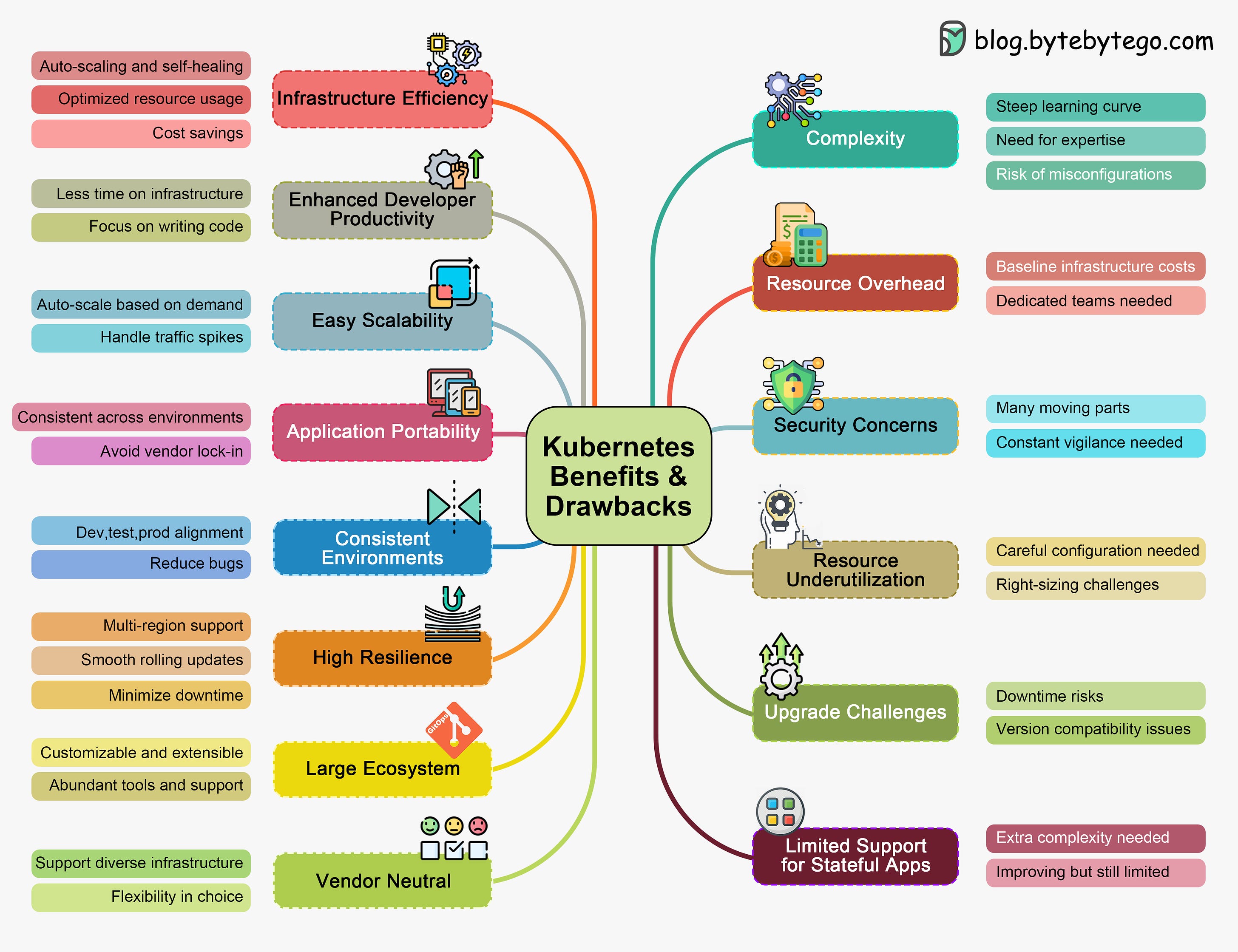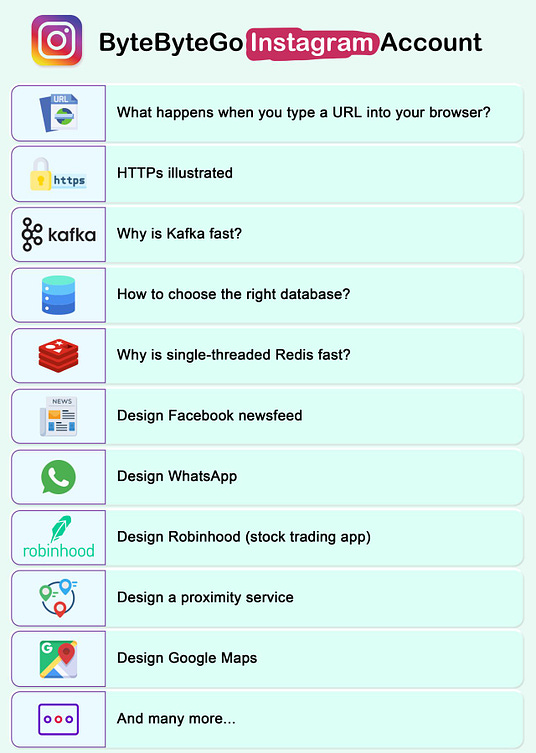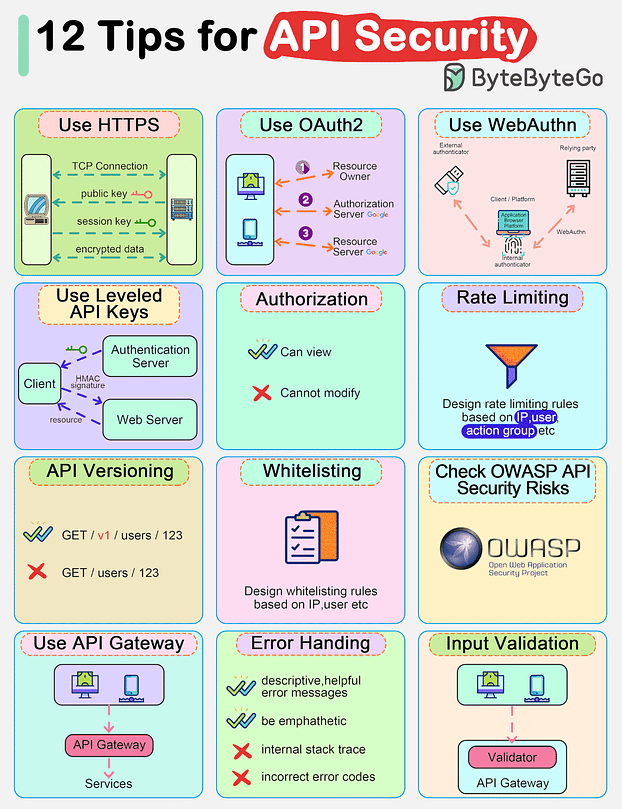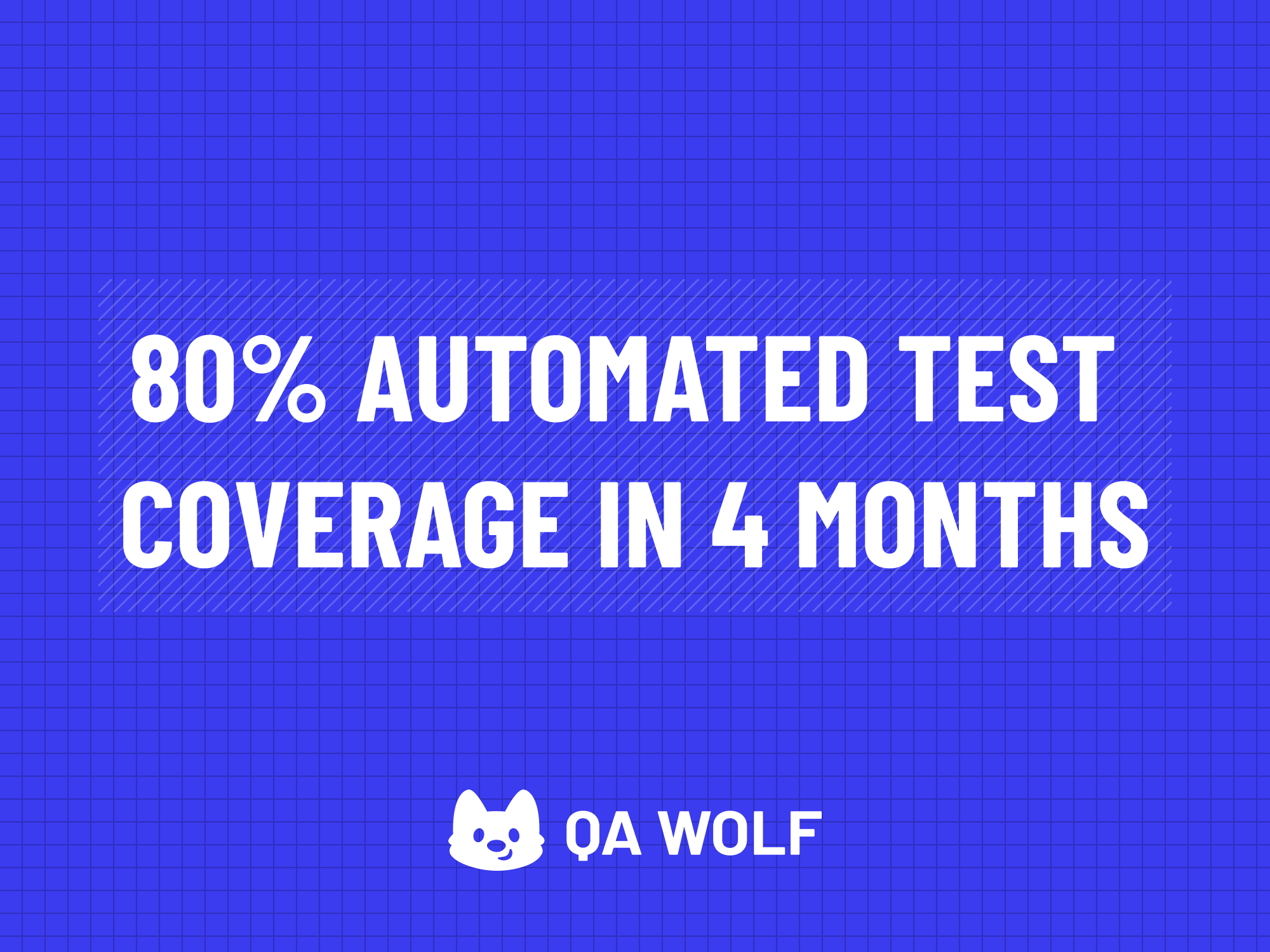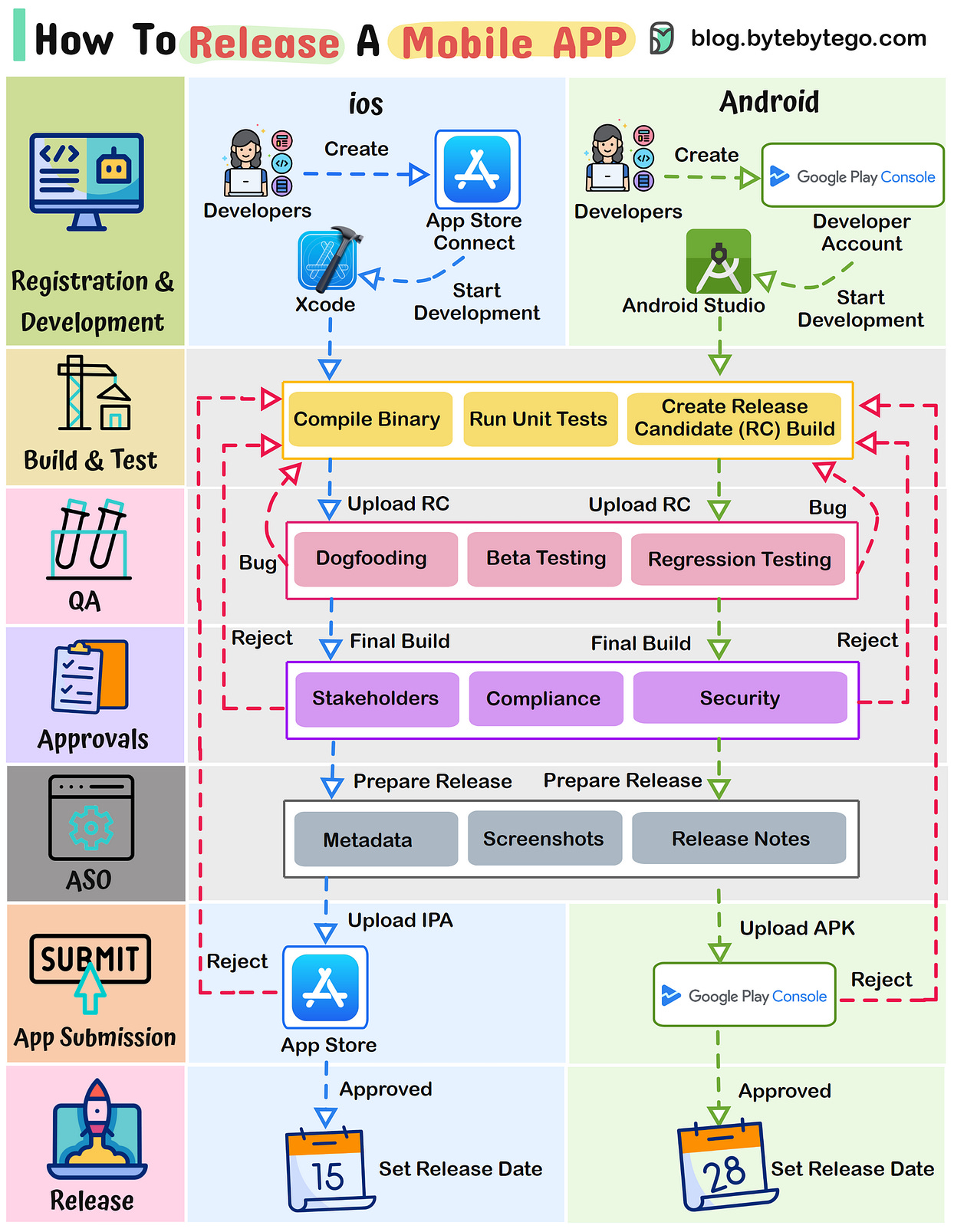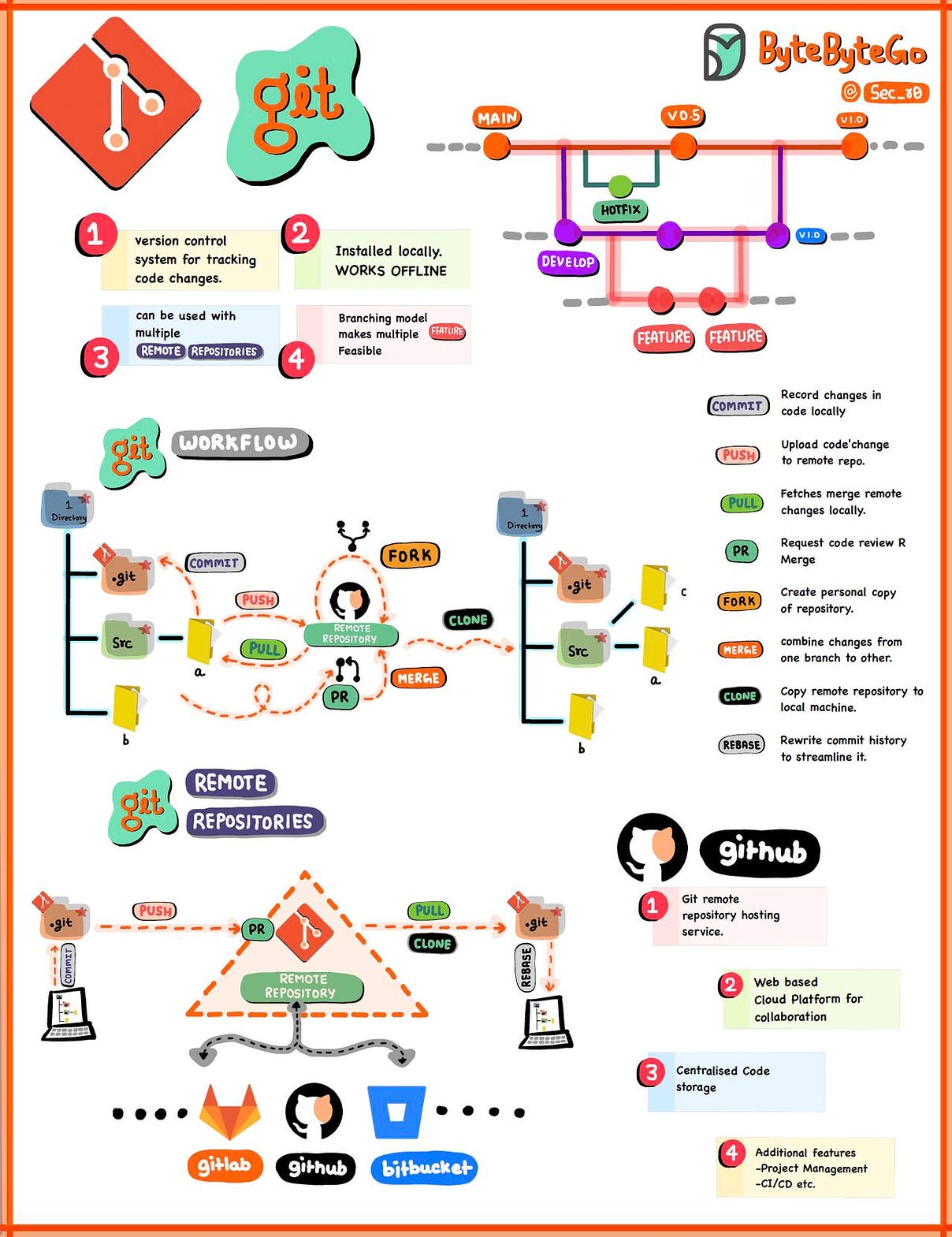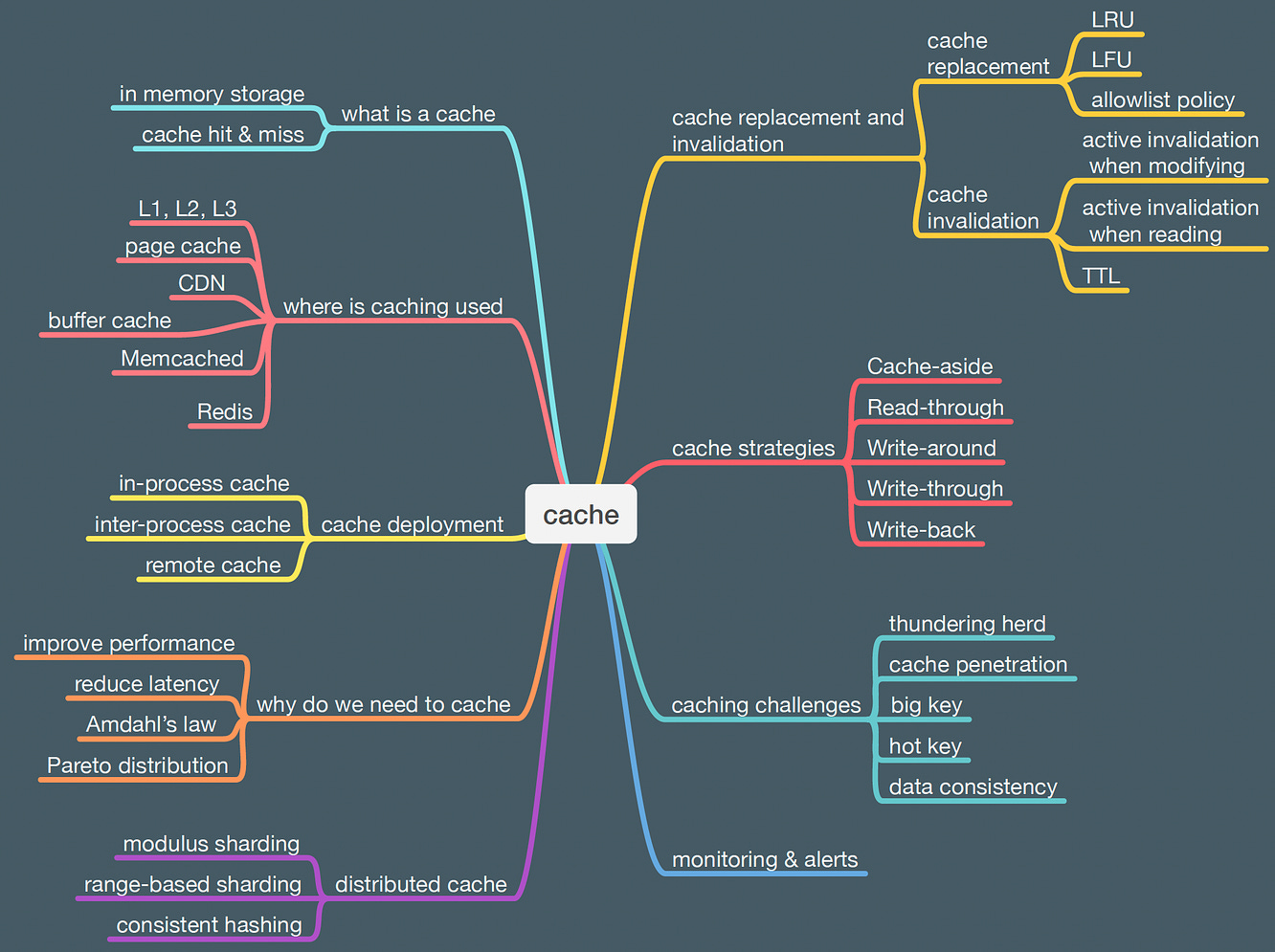- Mailing Lists
- in
- EP84: Top 12 Tips for API Security
Archives
- By thread 5365
-
By date
- June 2021 10
- July 2021 6
- August 2021 20
- September 2021 21
- October 2021 48
- November 2021 40
- December 2021 23
- January 2022 46
- February 2022 80
- March 2022 109
- April 2022 100
- May 2022 97
- June 2022 105
- July 2022 82
- August 2022 95
- September 2022 103
- October 2022 117
- November 2022 115
- December 2022 102
- January 2023 88
- February 2023 90
- March 2023 116
- April 2023 97
- May 2023 159
- June 2023 145
- July 2023 120
- August 2023 90
- September 2023 102
- October 2023 106
- November 2023 100
- December 2023 74
- January 2024 75
- February 2024 75
- March 2024 78
- April 2024 74
- May 2024 108
- June 2024 98
- July 2024 116
- August 2024 134
- September 2024 130
- October 2024 141
- November 2024 171
- December 2024 115
- January 2025 216
- February 2025 140
- March 2025 220
- April 2025 233
- May 2025 239
- June 2025 303
- July 2025 178
EP84: Top 12 Tips for API Security
EP84: Top 12 Tips for API Security
Latest articlesIf you’re not a paid subscriber, here’s what you missed this month.
To receive all the full articles and support ByteByteGo, consider subscribing: This week’s system design refresher:
*BIG* Announcement: We’ve launched an Instagram accountWe will post more instagram reels, shorts and diagrams If you're interested in seeing more, make sure to subscribe to our Instagram account here: https://www.instagram.com/bytebytego/ Top 12 Tips for API Security
😘 Kiss bugs goodbye with fully automated end-to-end test coverage (Sponsored)QA Wolf offers a cost-effective approach to getting 80% test coverage in just 4 months. And they guarantee zero flakes. They build and maintain your test suite in Playwright + include unlimited parallel test runs on their infrastructure. The benefit? No more manual e2e testing, no more slow QA cycles, and no more bugs. QA Wolf has multiple case studies of customers saving $200k+/year in QA engineering and infrastructure costs. Schedule a demo to learn more. PS: They have a 4.8/5 star rating on G2. Our Recommended Materials For Cracking Your Next Tech Interview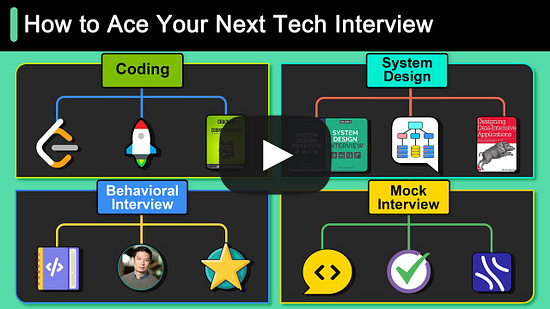 How To Release A Mobile AppThe mobile app release process differs from conventional methods. This illustration simplifies the journey to help you understand. Typical Stages in a Mobile App Release Process:
Over to you: Git Vs GithubDive into the fascinating world of version control. First, meet Git, a fundamental tool for developers. It operates locally, allowing you to track changes in your code, much like taking snapshots of your project's progress. This makes collaboration with your team a breeze, even when you're working on the same project. Latest articlesHere are the latest articles you may have missed: To receive all the full articles and support ByteByteGo, consider subscribing: © 2023 ByteByteGo |
by "ByteByteGo" <bytebytego@substack.com> - 11:37 - 4 Nov 2023
